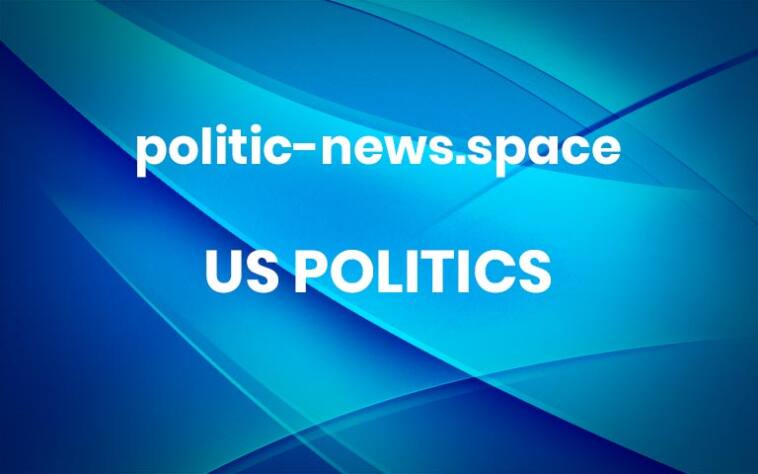‘Not a gift-giving year’: student loan debt upends US borrowers’ holiday spending
After Trump ended key repayment plan, 40% of borrowers say their student loans make it harder to cover essentialsA recent survey found that a whopping 40% of student loan borrowers say that their loans have negatively affected their ability to cover their basic needs, such as food, housing and transportation – a financial burden that becomes even more apparent around the holiday season.At first glance, someone like Ben L should not be struggling financially. He attended Georgetown University and Columbia University for his undergraduate and graduate degrees, respectively, and now earns a six-figure salary working at a biotech company. Still, the 36-year-old is drowning in student debt. Continue reading… More




